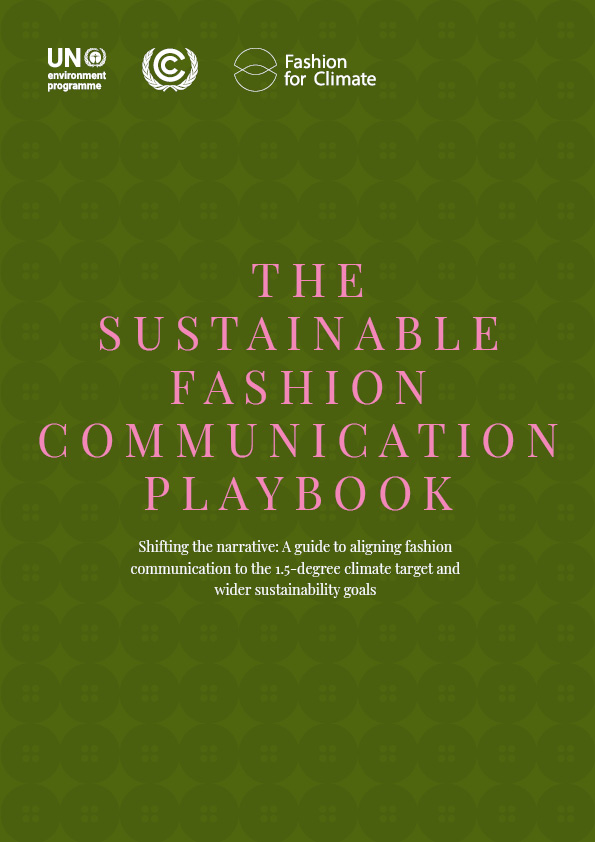Textiles in Europe's circular economy
Textiles are fundamental to our society, providing us with clothing, shoes, carpets, curtains, furniture, etc. for homes, offices and public buildings. The textiles industry employs millions of people worldwide, making it among the largest in the world and an important part of Europe’s manufacturing industry. However, textile production and consumption cause significant environmental, climate and social impacts by using resources, water, land and chemicals and emitting greenhouse gases and pollutants. This briefing provides an EU perspective of the environmental and climate pressures from textile production and consumption, and discusses how circular business models and regulation can help move us towards a circular textiles economy.
Key messages
Textile consumption and production is highly globalised, involving millions of producers and billions of consumers across the world. In Europe, the sector employs 1.7 million people and Europeans consume on average 26 kg of textiles per person per year.
In the past decade, the price of clothes has fallen relative to inflation, and each item is used less than in the past.
The environmental and climate pressures and impacts related to the textiles system include resource use, land use, climate change and releases of pollutants.
Considering supply chain pressures from an EU consumption perspective, clothing, footwear and household textiles is the fourth highest — or fourth worst ranked — pressure category for use of primary raw materials and water (after food, housing and transport). It is the second highest for land use and the fifth highest for greenhouse gas emissions.
Most of the pressures and impacts related to the consumption of clothing, footwear and household textiles in Europe occur in other regions of the world, where the majority of production takes place. This is the case for 85 % of the primary raw materials use, 92 % of the water use, 93 % of the land use and 76 % of the greenhouse gas emissions.
Reducing the environmental and climate pressures and impacts from textiles production and consumption — while maintaining economic and social benefits — will need a systemic change towards circularity. Doing so will require wide-scale implementation of circular business models supported by effective policies addressing materials and design, production and distribution, use and reuse, collection and recycling. This includes product policies such as green public procurement, eco-design, extended producer responsibility, labelling and standards.
Textile consumption and production is highly globalised, involving millions of producers and billions of consumers across the world. In Europe, the sector employs 1.7 million people and Europeans consume on average 26 kg of textiles per person per year.
In the past decade, the price of clothes has fallen relative to inflation, and each item is used less than in the past.
The environmental and climate pressures and impacts related to the textiles system include resource use, land use, climate change and releases of pollutants.
Considering supply chain pressures from an EU consumption perspective, clothing, footwear and household textiles is the fourth highest — or fourth worst ranked — pressure category for use of primary raw materials and water (after food, housing and transport). It is the second highest for land use and the fifth highest for greenhouse gas emissions.
Most of the pressures and impacts related to the consumption of clothing, footwear and household textiles in Europe occur in other regions of the world, where the majority of production takes place. This is the case for 85 % of the primary raw materials use, 92 % of the water use, 93 % of the land use and 76 % of the greenhouse gas emissions.
Reducing the environmental and climate pressures and impacts from textiles production and consumption — while maintaining economic and social benefits — will need a systemic change towards circularity. Doing so will require wide-scale implementation of circular business models supported by effective policies addressing materials and design, production and distribution, use and reuse, collection and recycling. This includes product policies such as green public procurement, eco-design, extended producer responsibility, labelling and standards.

